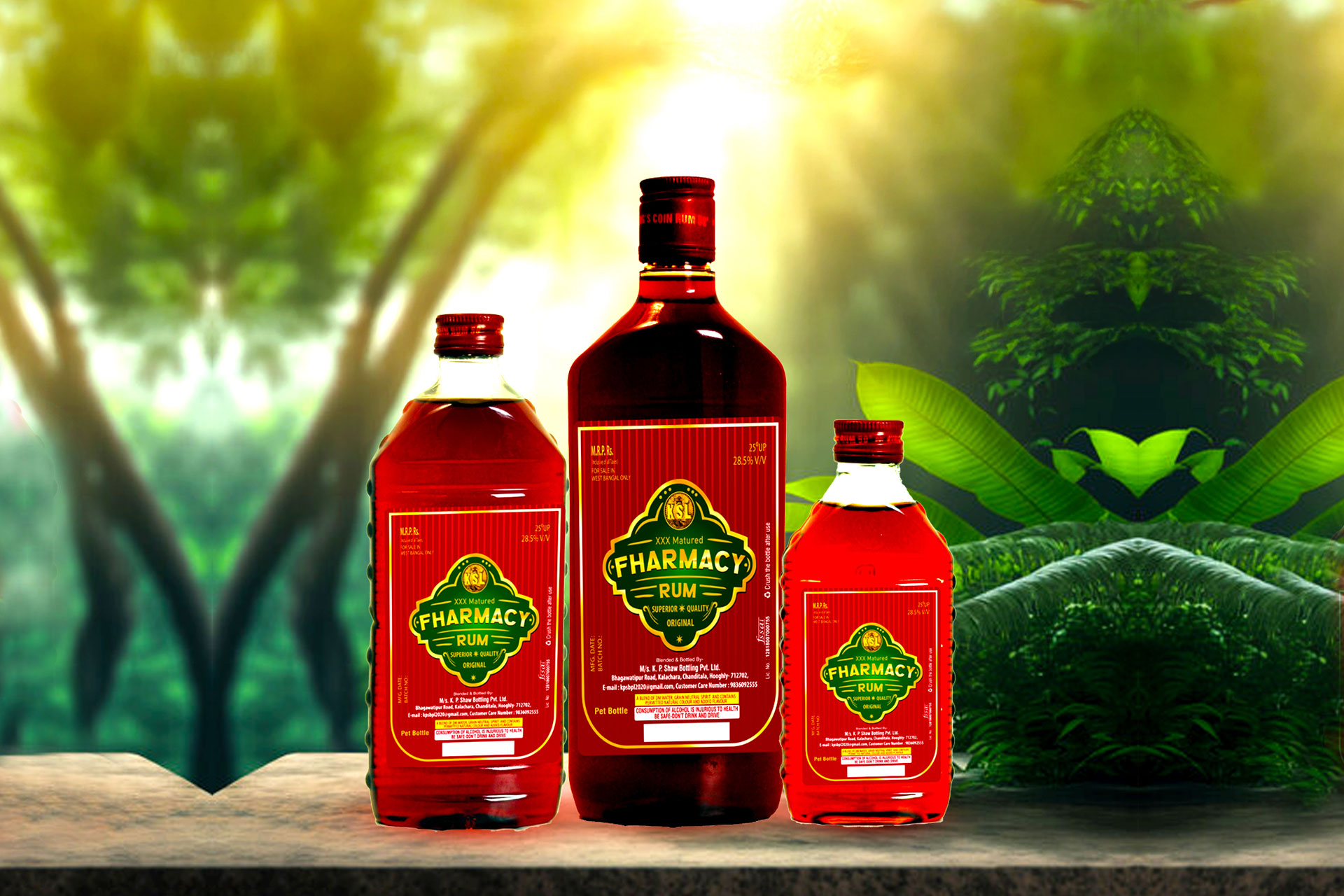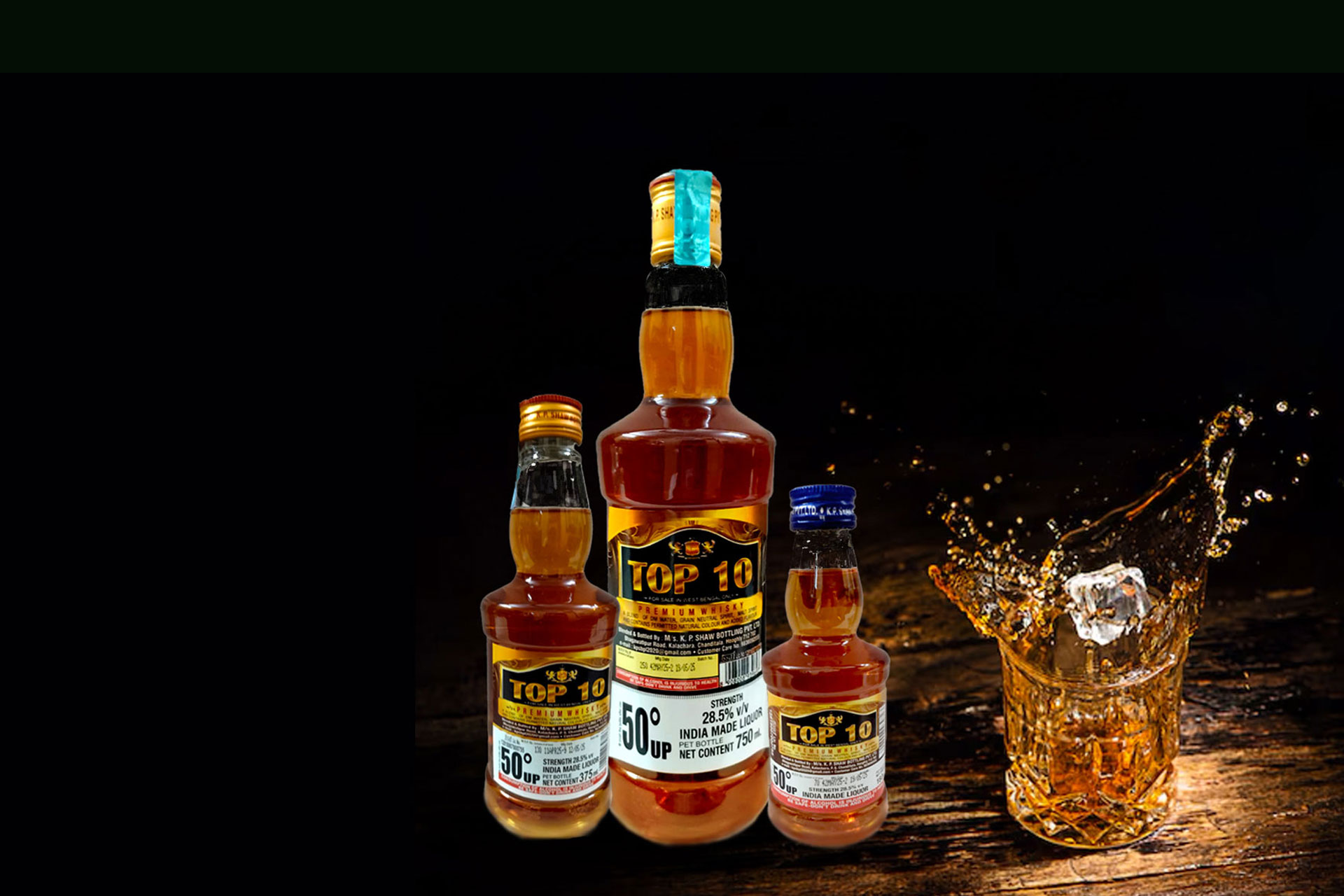Liquor, in its many refined forms, has long held a place of prestige and sophistication. While today it's enjoyed across the globe by people from all walks of life, the origins of distilled spirits and their consumption are deeply rooted in aristocratic traditions. From their early production in royal courts to their role in social rituals of the elite, liquor has evolved from a symbol of status to a global cultural staple. Here's a closer look at its journey:
• Origins: From Alchemy to Aristocracy The roots of distilled liquor trace back to ancient civilizations, where early forms of distillation were used for medicinal purposes. However, it was during the Middle Ages and the Renaissance that spirits began to gain popularity among European nobility. Monasteries and royal courts were the centres of early distillation, producing brandy, whiskey, and herbal elixirs. These potent concoctions were not only valued for their perceived health benefits but also as luxuries enjoyed by kings, queens, and aristocrats. Access to distilled spirits was a sign of wealth and power, often reserved for banquets, diplomatic exchanges, and elite celebrations.
• Rituals and Refinement: Liquor as a Status Symbol As distillation techniques advanced, so did the refinement of liquor. Spirits such as cognac, port, and fine liqueurs became cornerstones of aristocratic dining and social culture. In grand halls and manor houses, liquor was served in ornate decanters and crystal glasses, accompanied by specific rituals of tasting and toasting. Drinking became a ceremonial act, with etiquette and exclusivity surrounding its use. Private collections and cellars became symbols of refinement, and the ability to distinguish and appreciate fine spirits marked one’s cultural and social standing. • Modern Consumption: From Elite Tables to Global Culture Today, liquor has transcended its aristocratic origins to become a global phenomenon. While premium spirits still carry a sense of luxury, they are now accessible to a broader audience. The modern liquor landscape is rich and diverse, with craft distilleries, global brands, and mixology redefining how we consume spirits. Yet, the influence of aristocracy lingers in the design of high-end bottles, the prestige of aged spirits, and the ceremonial nature of fine drinking. Whether enjoyed in a sophisticated cocktail lounge or at home among friends, liquor remains a timeless indulgence tied to both history and celebration. From royal courts to modern bars, liquor’s evolution is a story of heritage, refinement, and enduring cultural significance.


